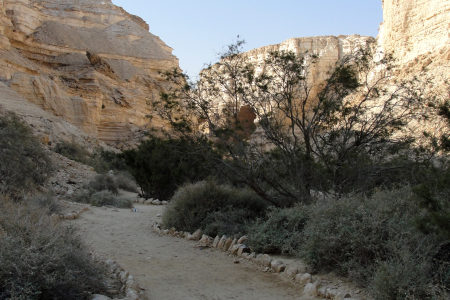Let us examine the sub-surface processes that unfolded between the writing of The Book of Zohar (also called The Zohar for short) in the 2nd century C.E. and the writing of the Tree of Life in the 16th century. These dates (very) roughly parallel the period between the Roman conquest of Judea and the onset of the Renaissance, or what we now call “the Middle Ages.” The goal is not to focus on particular events, but to provide a “bird’s-eye” view of history, showing how processes correspond to the evolution of desires. In the case of the time frame just mentioned, it is probably best to begin with the Roman conquest and the ruin of the SecondTemple.
How Unfounded Hatred Destroyed the Unity of Israel
The defeat of the Jewish revolt against the Romans (66-73 CE) caused the ruin of the SecondTemple and the dispersion of Judea. (The first Temple was built by King Solomon in the 10th century BCE, and was ruined by the Babylonians in 586 BCE.) This dispersion signified something far more important than the conquest of one nation by another. It reflected the extent of the Israeli nation’s spiritual decline. The Hebrew word Yehudi (Jew) derives from the word Yechudi (“united,” or “unique”), referring to the state of the Israeli nation of the time: perceiving (and adhering to) the unique force of bestowal that governs life.
Yet, the desire to receive is an ever-evolving force and requires constant adaptation. Constant effort is required to harness the newly emerging desires to work in unison—with the intention to bestow, and adhering to the law of yielding self-interest in favor of the interest of the host system. And because the desires evolve, the means to harness them must evolve accordingly.
Unlike animals, humans must constantly realize their place in Nature and choose to be constructive parts of it. However, if we act to the contrary, the negative outcome will not be immediately evident. This leaves us room to maneuver and to calculate.
Continue reading “How the Exile of the Jews Corresponds to the Evolution of Human Desire”
